Text
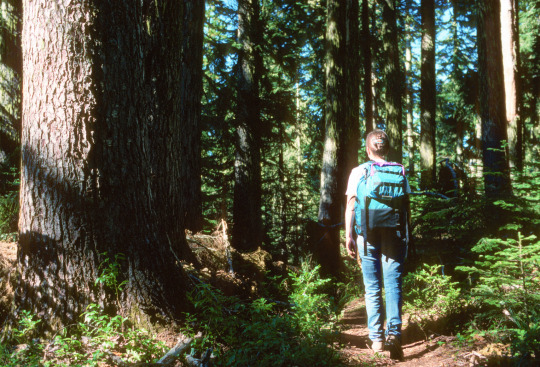
Hiking the Old Growth Forest trail in Mt Hood National Forest.
Oregon
1990
#vintage camping#campfire light#oregon#mt hood national forest#mt hood#history#hiking#camping#outdoors#1990s
413 notes
·
View notes
Text



Ramona Falls trail
#original photographer#photographers on tumblr#hiking#pacific northwest#rafefar#Ramona Falls#rhododendron#trails#waterfall#nature#nature photography#oregon#Mt Hood National Forest
24 notes
·
View notes
Text

#LensBall photography#lensball#nature photography#little crater lake#mt hood#mt hood national forest#photography#art
1 note
·
View note
Text




Mt Hood and Mt Hood National Forest, Oregon, USA
Alex Moliski
#Mt Hood National Forest#Oregon#USA#Mt Hood#Mount Hood#National Forest#ORNature#Forest#Mountain#US#United States of America#United States#North America
0 notes
Text
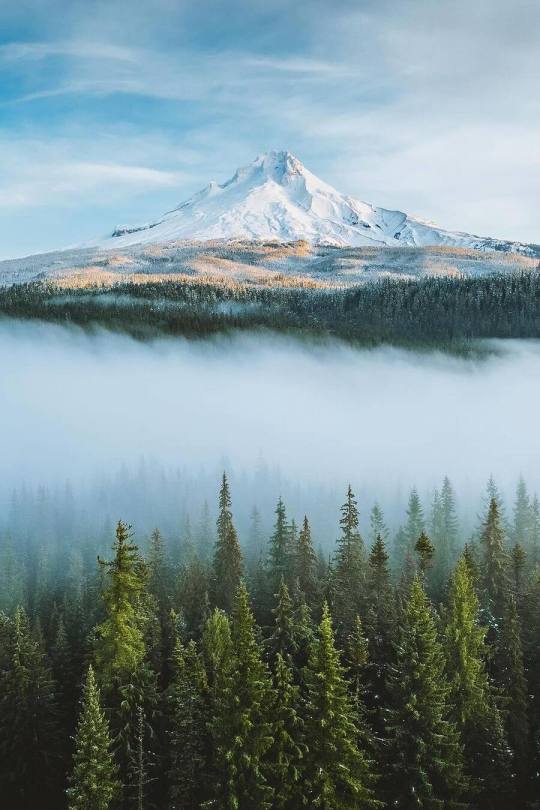
(by jhamilbader)
#vertical#landscape#x#a#watsf#curators on tumblr#mountain#trees#jhamilbader#fog#snow#Mount Hood National Forest#mt hood#oregon
3K notes
·
View notes
Text

#oregon#mt hood#mt hood national forest#clear lake#skyline#skyline rd#snow!#snowy day#snowy#snow#snowday#sun through the trees#trees#snowy trees#great outdoors#oregon outdoors#outdoors#nature photos#mother nature#nature photography#nature#wilderness#photography#deep snow#mountain#blue sky
1 note
·
View note
Text

J on Trail, Mark O. Hatfield Wilderness, Oregon, 1998.
#trail#wilderness#mt. hood national forest#hood river county#columbia gorge#oregon#1998#photographers on tumblr#pnw#pacific northwest#mark o hatfield wilderness
10 notes
·
View notes
Text

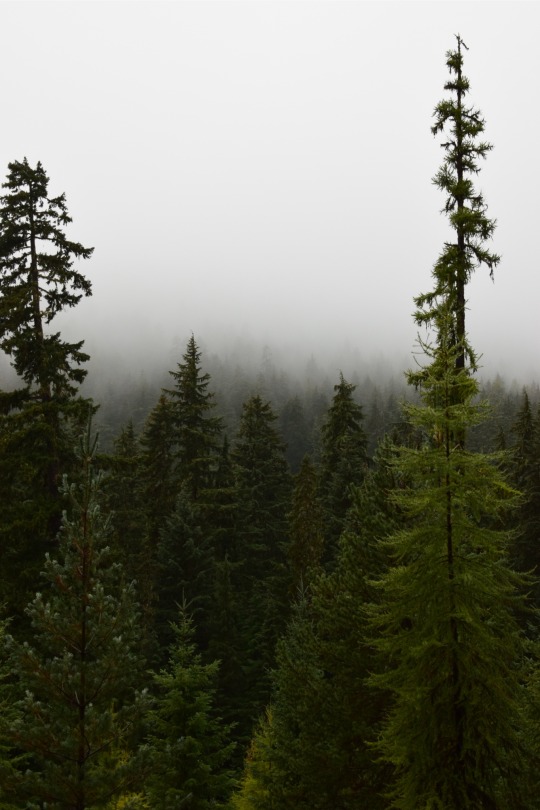
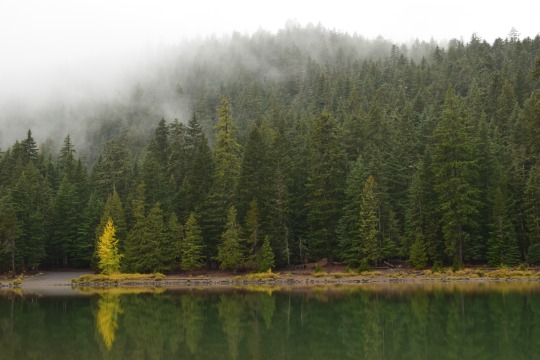
Some moody forest shots from Mt. Hood National Forest, Oregon (Oct. 2021).
#oregon#photography#not geology#pacific northwest#forest#clouds#aesthetic#cozycore#mount hood#cascade mountains#pnwonderland#pnw vibes#pnwexplored#pnw#pnw photography#original photography#original photography on tumblr#lensblr#nikon#my photography
2K notes
·
View notes
Text

instagram.com
@travelswitheresa
Mt Hood National Forest
87 notes
·
View notes
Text

Nicholas Steven Photography
Mirror Lake, Mt. Hood National Forest.
30 notes
·
View notes
Text
Mt. Hood National Forest, Oregon

- Wonder of Universe
22 notes
·
View notes
Text
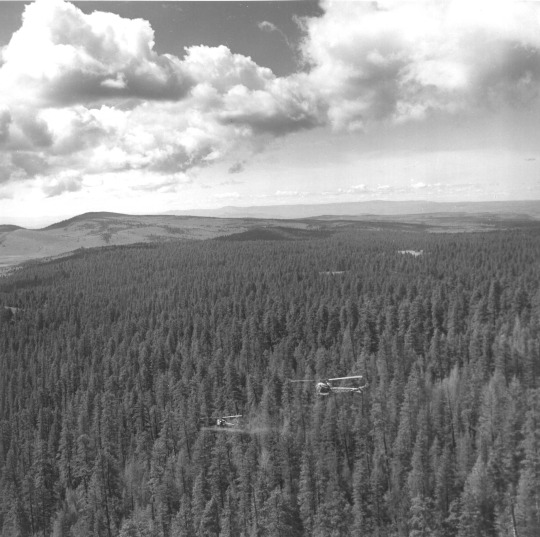
1965. Spray helicopters. Burns Douglas-fir tussock moth control project. Oregon.
Credit: USDA Forest Service, Region 6, State and Private Forestry, Forest Health Protection. Collection: Region 6, Forest Health Protection historical files located at the Mt. Hood National Forest in Sandy, Oregon.
Image provided by USDA Forest Service, Pacific Northwest Region, State and Private Forestry, Forest Health Protection: www.fs.usda.gov/main/r6/forest-grasslandhealth
Note: "During the period of June 10 to July 1 , 1965, a total of 65,945 acres were sprayed with DDT for control of early-instar larvae (Perkins and Dolph 1967). Application was by helicopter and at the rate of 0. 75 pound DDT in 1 gallon of fuel oil formulation per acre. Because of public concern at this time about side effects of DDT in the environment, impact of the spray on other resources, including fish, water, soil, forage, and cattle, was evaluated by scientists working independently of the project (Crouch and Perkins 1968, Tarrant et al. 1972). In addition, a small test was made of two other candidate insecticides, Dursban, an organic phosphate, and Zectran, a carbamate." From: Wickman, B.E.; R.R. Mason; and C.G. Thompson. 1973. Major Outbreaks of the Douglas-fir Tussock Moth in Oregon and California. GTR-PNW-5. USDA Forest Service, Pacific Northwest Forest and Range Experiment Station. 18 p. www.fs.fed.us/pnw/pubs/pnw_gtr005.pdf
#oregon#eastern oregon#harneycounty#the great pnw#the old west#oregonoutback#pnw#oregon outback#harney county#burns oregon#helicopter#pesticides
4 notes
·
View notes
Text


Mt. Hood National Forest, June 30, 2024.
#k talks#started my summer w a trip into the wilderness*#*this is an imperialist idea made up to justify the expropriation & extraction of native lands
5 notes
·
View notes
Photo

The looper moth, seen here in Oregon's Mt. Hood National Forest, is among the moth species that have a tympanum, which works like an ear, on their abdomens.
PHOTOGRAPH BY MICHAEL DURHAM, MINDEN PICTURES/NAT GEO IMAGE COLLECTION
#michael durham#photographer#minden pictures#national geographic#looper moth#moth#insect#oregon#mount hood#nature#tympanum
44 notes
·
View notes
Text
youtube
National Forests on Stolen Lands Part I
A project of BARK Defenders of Mt. Hood
The Mt. Hood National Forest shares a border with the Warm Springs Reservation. Tribes were barred from crossing this border in a duplicitous “supplemental treaty”, created in 1865 and which was only officially nullified in 2020.
3 notes
·
View notes
Text
The Center for Biological Diversity today petitioned for federal protection of Sierra Nevada red foxes in the Oregon and California Cascades, from Lassen Peak to Mt. Hood. The petition asks that the fox be listed as a threatened or endangered species under the Endangered Species Act.
“These precious mountain foxes need our help if they’re going to have any chance at survival in our rapidly warming world,” said Noah Greenwald, endangered species director at the Center. “The problems facing the Sierra Nevada red fox are complex and mounting, as they are for so many species in the mountains of western North America.”
In response to a previous Center petition, the U.S. Fish and Wildlife Service protected a fox population near Sonora Pass in the Sierra Nevada as endangered. But in 2015 the Service denied the fox protection in the Cascades, citing lack of information.Since then, considerable research has shown that fox populations in Lassen, Crater Lake National Park, the Central Cascades and Mt. Hood are isolated, exceedingly small and facing multiple threats.
The fox once ranged throughout high-elevation areas of the Cascades in forests and alpine meadows. But the species has been lost from large portions of its range, including Mt. Shasta. Poisoning as part of historic predator eradication efforts and trapping were primary drivers of the fox’s historic decline.
Today the fox is threatened by habitat loss caused by fires, logging, livestock grazing and development, increased recreation and climate change, which is pushing the fox’s habitat off the top of mountains.
An additional threat is competition and predation from coyotes, which have proliferated in the Cascades in the absence of wolves. Coyotes are likely to move uphill as snowpacks recede with warming.
“The harms we’re doing to the natural world are accumulating and interacting in complex ways to the detriment of animals like the Sierra Nevada red fox,” said Greenwald. “Historic killing of predators, including wolves and the fox, have left the fox vulnerable to coyotes and risks inherent to small populations. And now, increased interest in outdoor recreation and global warming represent new and growing threats to the fox.”
The fox’s surviving populations are critically small. The population found in the Lassen area, for example, was recently estimated to contain fewer than 10 breeding adults. The other populations are not much bigger.
#ecology#enviromentalism#foxes#sierra nevada#red fox#oregon#california#cascade#endangered species act#endangered species#mt hood#lassen volcanic national park#let wolves live
4 notes
·
View notes